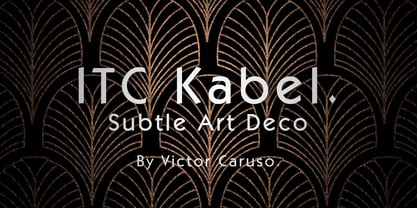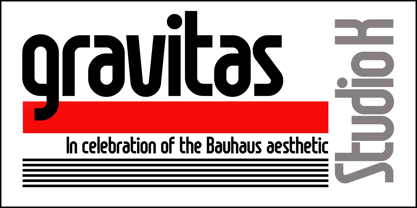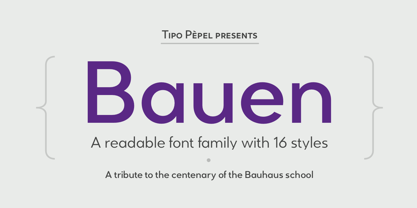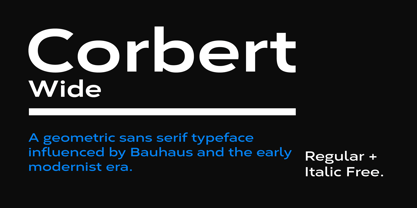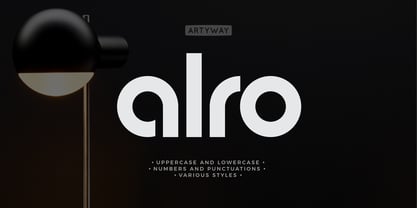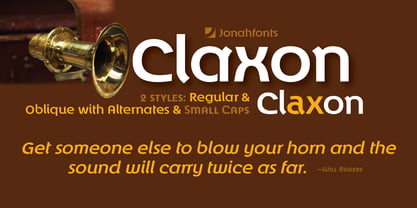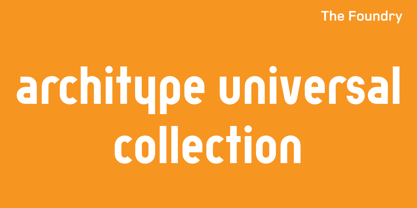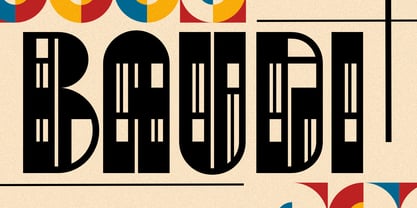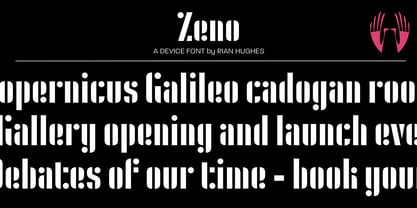9,485 search results
(0.027 seconds)
- Tech Angels - Unknown license
- Sunspots AOE - Unknown license
- Kabel by Linotype,
$40.99 - Blippo by Bitstream,
$29.99 - Inhuman BB - Personal use only
- Pentaprism NF by Nick's Fonts,
$10.00 - Reross by Adobe,
$29.00 - Alfarn by Adobe,
$29.00 - Gravitas by Studio K,
$45.00 - Bauen by Tipo Pèpel,
$22.00 - Corbert Wide by The Northern Block,
$- - Alro by Artyway,
$12.00 - Claxon by Jonahfonts,
$35.00 - Commander Edge - Personal use only
- Xcelsion Italic - Unknown license
- Saiyan Sans - Unknown license
- Castorgate - Distort - Unknown license
- Ransom - Unknown license
- Not Quite Right BRK - Unknown license
- Steadmanesque - Unknown license
- Vtks espinhuda - 100% free
- Quadaptor - Unknown license
- Architype Bayer by The Foundry,
$99.00 - Mechanikschrift by Victory Type,
$12.00 - Baudi by MKGD,
$13.00 - Zeno by Device,
$39.00 - Kitami by Talbot Type,
$19.50 - Shit Happens - Personal use only
- Head-injuries - Unknown license
- DIVERGENT - Personal use only
- Face Your Fears - Personal use only
- Zeroes - Unknown license
- manic-depressive - Personal use only
- xtryme - Personal use only
- Charons Obol - Personal use only
- ROTRING - Unknown license
- Strobo - 100% free
- Alien Encounters - Unknown license
- ScribbledFraktur-XHeavy - 100% free
- Imperfect font - Unknown license


